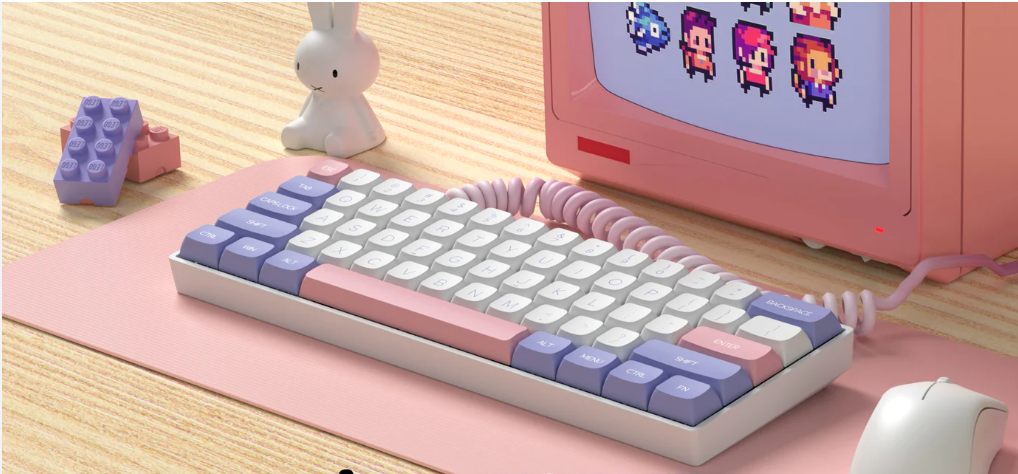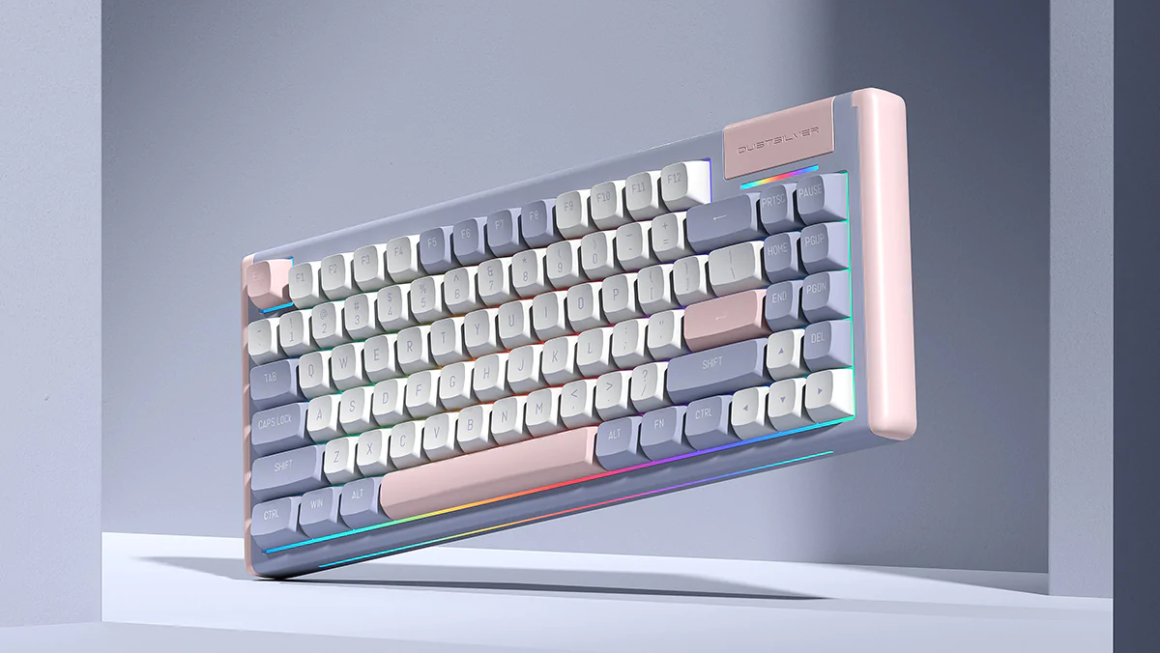Screen technologies have advanced dramatically over recent years. In the past, the only available screen technology was CRT with variations in color controls and resolution. This, however, is not the case currently.
Currently, buyers have various options ranging from LCD to QLED screen technologies with other variations in between. The availability of numerous screen types using different technologies has caused a lot of confusion for various buyers. This is because different monitor and screen technologies work best in various specific use cases.
The confusion regarding monitor technologies has significantly affected graphic designers. The numerous options have left most graphic designers wondering which monitors are best for their work.
With some deep diving into the available monitors, graphic designers can easily know the monitors to go for. In this article, we discuss various factors that graphic designers should consider when choosing monitors. This will help ensure they have the best monitor for graphic design.
- Color Accuracy
A vital factor to check when choosing a monitor for graphic design is color accuracy. A screen’s color accuracy is what helps a graphic designer ensure that the digital design resembles the printout well.
Various studies have revealed that blue light emitted by screen panels can affect one’s eyesight negatively. Due to this, most monitors in the market have inbuilt filters for the blue light. This can however be a drawback to graphic designers. This is because blue light filters can affect the color accuracy of the design on screen.
When choosing a monitor intended for graphic design, one should go for those that are specifically designed for designers. These monitors are developed using technology that ensures the blue light filters do not affect color accuracy.
An easy way to ensure that a monitor will offer good color accuracy is by checking the supported color gamut. As a benchmark, good monitors for graphic design should support 99% of the Adobe RGB (red green, and blue) gamut. The adobe RGB color gamut is an industry standard that contains about 50% of all colors visible to the human eye. This helps a designer calibrate the monitor to their preference without affecting the colors displayed on the screen.
Whether you want the main monitor or the best second monitor, you should check the monitor’s lookup table (LUT). A monitor that will perform design tasks well should have either 10-,12- or a 14-bit LUT.
The grayscale performance of the monitor is also vital for graphic designers. This is because grayscale frames help designers determine the highlight and shadow levels of their designs. A monitor with high color accuracy will display various shades of light and dark gray.
- Monitor Size
For most graphic designers, the size of the monitor is not a factor that should be scrutinized when choosing one. However, the size of a monitor is vital for graphic designers working on high-res photos or designs. This is because the designs or photos contain a lot of fine details that they have to consider.
Graphic designers who work on such projects always seek to utilize their maximum screen real estate to view multiple projects together. If you are such a graphic designer, ensure you go for the best 32-inch monitor using WQHD display technology. The monitor should also be ultra-wide to get various viewing angles without compromising color accuracy.
An additional advantage of using a 32-inch monitor is that it will allow you to view various designs using different aspect ratios. Most small monitors allow one to view designs using different aspect ratios, but they compromise the viewing quality.
When considering the monitor size, it is vital to remember that a large screen does not necessarily mean it is better. When choosing a large monitor, ensure that other vital factors of the monitor such as color accuracy are good for graphic design.
- Panel Type
Source: Pixabay
The basic architecture and performance of a monitor are highly dependent on the type of panel used. There are three common panel types to consider as a graphic designer.
While twisted nematic (TN) panels come cheaply and are the most common, they are not recommended for graphic designers. The features offered by TN panels such as high response time are meant for gamers. The panels offer poor color accuracy and have bad viewing angles therefore are not good for graphic designers.
Vertical alignment (VA) panels are not considered a good deal due to their high price points. VA panels offer a few minor improvements over the TN panels. However, the improvements are still not enough to qualify as a good panel to be used on graphic design monitors.
In-Plane Switching (IPS) panels are the best for graphic design tasks. IPS panels offer designers the best color accuracy and angles for viewing as compared to the other panels. The high price points of monitors using IPS panels are reasonably priced when one considers their features.
IPS panels have been developed further over years and there are new super-IPS panels. The panels are quite rare as they have not yet popular among monitor developing companies. Super-IPS panels offer the advantages of IPS panels with some additional benefits such as faster response.
- Resolution
Screen resolution is a factor that is determined by the number of pixels per inch (PPI). In terms of resolution, the higher the resolution, the better the monitor will be for graphic design.
High-resolution monitors are vital for graphic designers working on comprehensive design projects. Having a high-resolution monitor allows designers to zoom into an area for observation or to make a change without the design getting blurry.
There are some predefined panel technologies that you can use to determine the monitor’s resolution. Monitors listed as UHD(Ultra high definition) have the highest resolution. The resolution of UHD monitors is 3,840 by 2,160 pixels.
Wide-Quad HD (WQHD) monitors have the second-best resolution of 2,560 by 1,440 pixels. There are other resolution categories available used to categorize monitors. However, UHD and WQHD monitors are the only ones that are well equipped to be used for professional graphic design.
Conclusion
When looking to buy the best monitor for graphic designs, you might have to compromise on some features if you are on a budget. Depending on your intended use, you can determine which factor you are willing to comprise. However, you must not compromise on the monitor’s color accuracy because this is key in graphic design.



